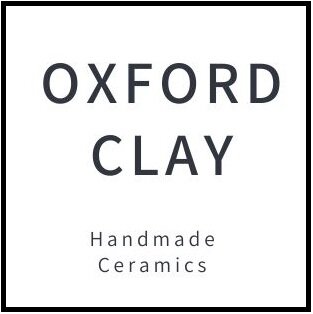86: Can You Use a Silicone Mould in Pottery?
Oxford Clay Podcast
Episode 86. Can You Use a Silicone Mould in Pottery?
Yes you can! In fact they are an amazing way to add beautiful decorative details to pottery.
Silicone sugar craft moulds from cake making can be used by Potters who want to create intricate surface decorations for their pots. Clay is simply pressed into the mould, left to dry a little, removed from the mould and then attached to pottery as a sprig decoration.
I use silicone moulds in my pottery to make dragonfly, butterfly and bird decorations that I then attach onto my pottery with slip. In this episode, I share with you 5 tips I’ve learned when using silicone sugarcraft moulds in pottery
✨Dust a little cornflour into the mould before using it to help the clay sprig decoration release from the mould.
✨Add a little paper pulp to the clay you’re using to press into your mould. Paper makes clay super strong and prevents the clay sprig decoration from breaking when being removed from the mould.
✨Use vinegar (applied to the main body of the pot), and slip to attach the decoration to the pot.
✨Dry your pottery slowly in a plastic storage box to prevent the sprig decoration from cracking off the pot.
✨Press out your designs from the mould onto a folded cloth or tea towel so the clay decorations are not damaged as they are removed from the mould.
Submit a pottery question to the podcast:
Get your pottery question answered on the podcast!
Submit your pottery question to the Oxford Clay podcast by emailing your question to: info@oxfordclay.co.uk with the subject line ‘Podcast Question’.

